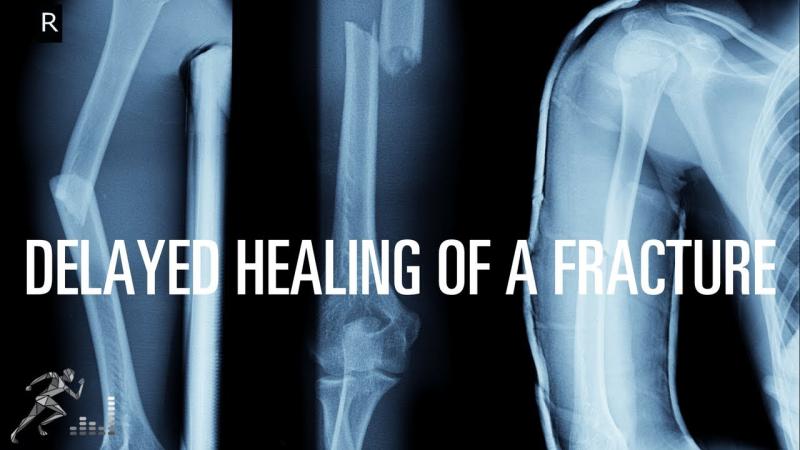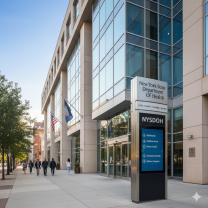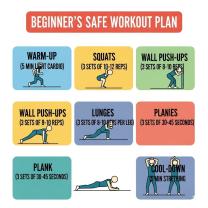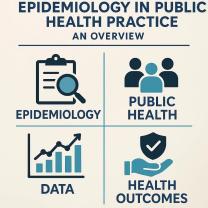Will my compression fracture heal on its own?
In many cases, vertebral compression fractures can heal on their own with time and appropriate management. However, the healing process may vary depending on factors such as the severity of the fracture, the underlying cause, and the individual's overall health. Here are some key points to consider:
Stable vs. Unstable Fractures: The stability of the compression fracture plays a role in the natural healing process. Stable fractures, where the broken bones remain in alignment, have a better chance of healing on their own. Unstable fractures, where there is a risk of bones shifting or causing spinal instability, may require more active intervention.
Conservative Management: Many compression fractures can be managed conservatively without surgical intervention. Conservative measures may include pain management with medications, rest, and the use of a back brace to support the spine and promote healing. Physical therapy may also be recommended to improve mobility and strength.
Timeframe for Healing: The healing time for a compression fracture can vary, but fractures often show improvement within a few weeks to a few months. During this time, it's important to follow the healthcare provider's recommendations, avoid activities that may strain the spine, and allow the bones to heal.
Underlying Cause: Addressing the underlying cause of the fracture is crucial for successful healing. For example, if the fracture is associated with osteoporosis, treatment of osteoporosis may be necessary to prevent future fractures.
Monitoring and Follow-up: Regular monitoring and follow-up with a healthcare professional are important to assess the progress of healing and make any necessary adjustments to the treatment plan.
While many compression fractures can heal on their own, some cases may require more active medical intervention, especially if the fracture is severe, unstable, or associated with neurological symptoms. Surgical procedures, such as vertebroplasty or kyphoplasty, may be considered in certain situations to stabilize the fractured vertebra and relieve pain.
It's crucial to consult with a healthcare professional for a thorough evaluation and personalized treatment plan. They can assess the specific circumstances of the compression fracture and provide guidance on the most appropriate course of action for optimal healing and recovery.
Vertebral Compression Fractures: Healing and Self-Care
While some vertebral compression fractures can heal on their own, it is important to understand the process, influencing factors, and potential complications. Seeking medical attention is crucial for proper diagnosis, guidance, and timely intervention if needed.
1. Healing Without Medical Intervention
Minor compression fractures with minimal displacement and no neurological involvement may potentially heal on their own with rest and pain management. However, this should only be considered under the guidance of a healthcare professional who has thoroughly assessed the fracture and determined its severity.
2. Factors Influencing Healing
Several factors influence the healing of compression fractures:
- Severity of the fracture: More severe fractures with significant collapse or instability require medical intervention for proper healing and prevention of complications.
- Location of the fracture: Fractures in the upper thoracic spine generally heal faster than those in the lower thoracic or lumbar region due to anatomical differences.
- Bone health: Individuals with osteoporosis or other bone-weakening conditions have slower healing times and a higher risk of complications.
- Age and overall health: Younger individuals with good health generally heal faster compared to older adults or those with chronic health conditions.
- Lifestyle factors: Smoking, poor diet, and lack of physical activity can hinder healing and increase the risk of complications.
3. Self-Care Measures for Recovery
If your doctor advises self-care for a minor fracture, these measures can support healing:
- Rest: Avoid strenuous activities and heavy lifting while focusing on gentle movements and light exercises as tolerated.
- Pain management: Over-the-counter pain medication or prescribed medications can help manage discomfort.
- Application of ice: Applying ice packs to the affected area for short periods can reduce inflammation and pain.
- Proper posture: Maintaining good posture with supportive braces or pillows can help stabilize the spine and prevent further deformity.
- Healthy diet: Consuming calcium-rich foods and vitamin D supplements is crucial for bone health and healing.
4. Healing Timeline
The healing time for a compression fracture varies depending on the factors mentioned above. Generally, minor fractures can heal within 6-8 weeks with proper care. However, more severe fractures may take several months or even longer to heal completely.
5. Seeking Medical Attention
It is essential to seek immediate medical attention if you experience any of the following:
- Severe pain that is not relieved by medication or worsens at night.
- Numbness, tingling, or weakness in the arms or legs.
- Difficulty walking or standing.
- Loss of bladder or bowel control.
- Visible deformity of the spine.
Early diagnosis and proper treatment can significantly improve your chances of a successful recovery and prevent potential complications. Do not hesitate to consult a healthcare professional if you suspect you have a compression fracture.
Remember, self-care measures should only be undertaken under the guidance of a doctor and never replace professional medical advice and treatment.













